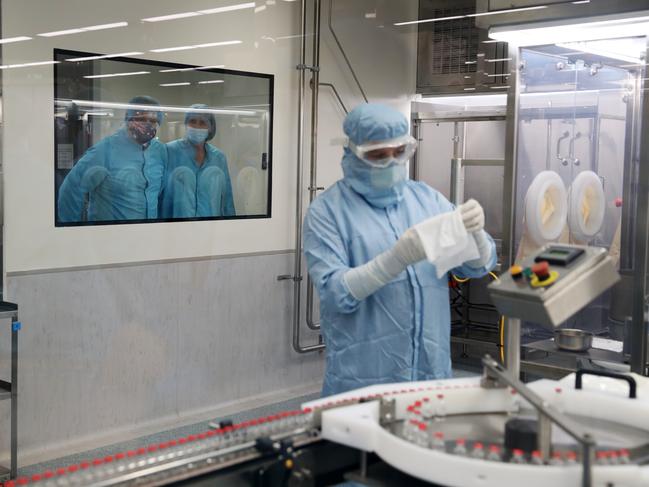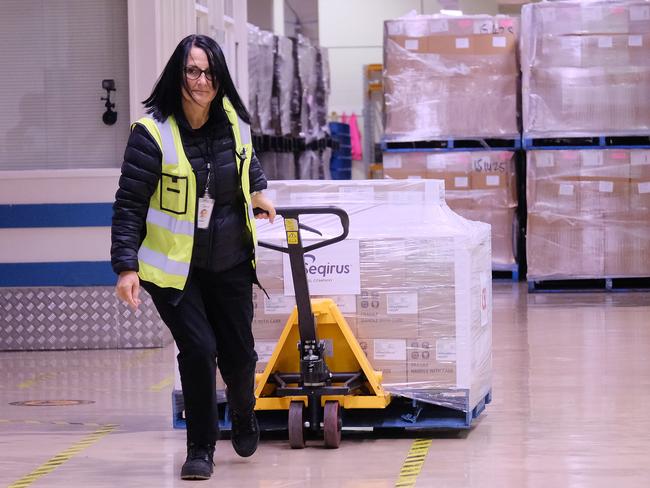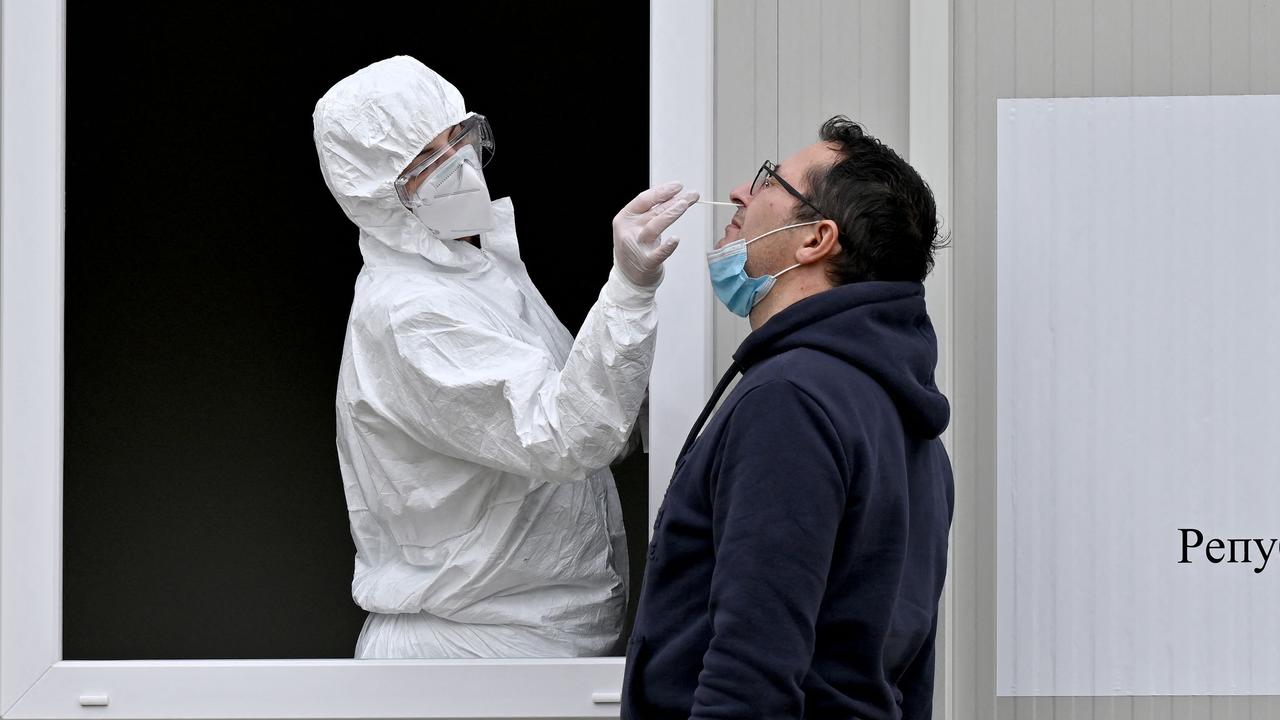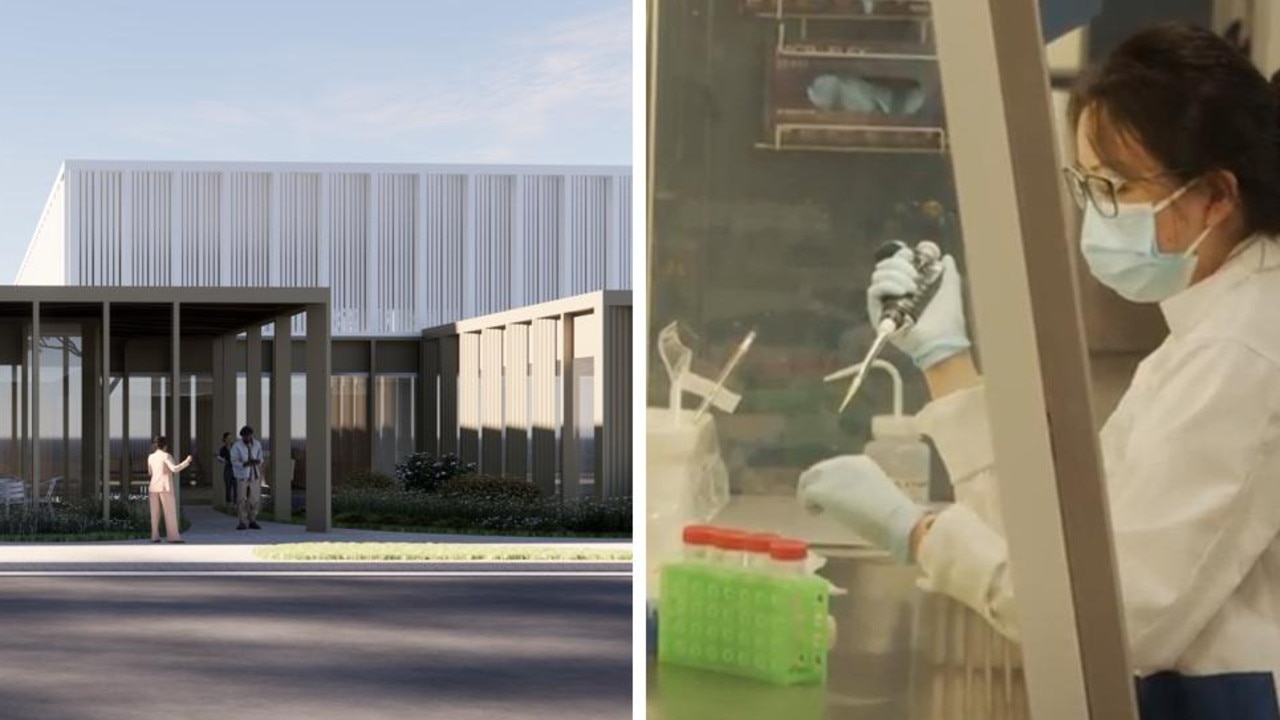Where Pfizer could be made in Australia and what we got wrong about vaccines
Australia made a critical mistake in its Covid-19 vaccine arrangements, but there are ways we can fix it.
Coronavirus
Don't miss out on the headlines from Coronavirus. Followed categories will be added to My News.
Australia will not be able to withstand future pandemics unless we start making our own mRNA vaccines, health experts have warned.
While CSL is producing the AstraZeneca vaccine at its Broadmeadows facility in Victoria, there are currently no Australian manufacturers of the next-generation mRNA vaccines such as Pfizer and Moderna.
Proposals to boost local manufacturing capacity will be presented to the federal government this Friday, including one from a group looking to produce mRNA vaccines at a facility in Adelaide.
BioCina CEO Ian Wisenberg, who is heading that consortium, said they were hopeful of hearing a response by the end of August.

Global health security expert Professor Adam Kamradt-Scott said he and others had been calling for the federal government to boost local vaccine manufacturing capacity since May 2020, but those calls had been ignored.
“We knew vaccine shortages would be a major issue,” he said.
“Governments seem to have been persuaded by pharmaceutical companies last year saying that they had the existing capacity to meet demand. That was never going to be a possibility.”
Prof Kamradt-Scott said it was frustrating “that despite the government’s comments about how the cabinet is on a war footing, and how we are in this war against the virus, the actions of the federal government do not speak to that war footing.”
While developing vaccine manufacturing was an expensive proposition, Australia had the means and expertise to do it, Prof Kamradt-Scott said.
“It seems to me that all we are lacking is the political will,” he said.


Public health expert Bill Bowtell said the former Pfizer facility in Adelaide, which currently employs 85 people, could have already been brought online to assist with vaccine supply.
“Why wasn’t that brought back in an emergency way to assist manufacturing when we gave them time to do it last year?” he said.
“It’s all very slow and deliberate when what we need is fast and urgent,” he said.
Mr Wisenberg said the Adelaide plant could be producing mRNA vaccines, including boosters and doses to address future Covid-19 variants, within 12 months.
At its peak, the facility could produce as many as 100,000 million doses in under two months.
In May Health Minister Greg Hunt revealed the government was also in discussions with Moderna about establishing a manufacturing facility in Australia.
Industry Minister Christian Porter said the government’s actions recognise “mRNA technology is part of the next generation in advanced health care”.
“Onshore production of mRNA vaccines will strengthen our capacity against future pandemics and other diseases, and grow Australia’s biopharmaceuticals sector, including through enabling commercialisation paths for Australian-based research and development,” Mr Porter said.

The government was expecting “strong submissions” from various locations around Australia this Friday, he added.
Research by Andrea Taylor at the Duke Global Health Innovation Centre suggested countries with limited local vaccine manufacturing capacity, such as Australia and Canada, were lagging behind other comparable nations in terms of accessing vaccines.
“One of the market lessons highlighted through this pandemic is that location of manufacturing matters,” Ms Taylor wrote in a blog post in March.
More Coverage
Originally published as Where Pfizer could be made in Australia and what we got wrong about vaccines
Read related topics:COVID-19 Vaccine




